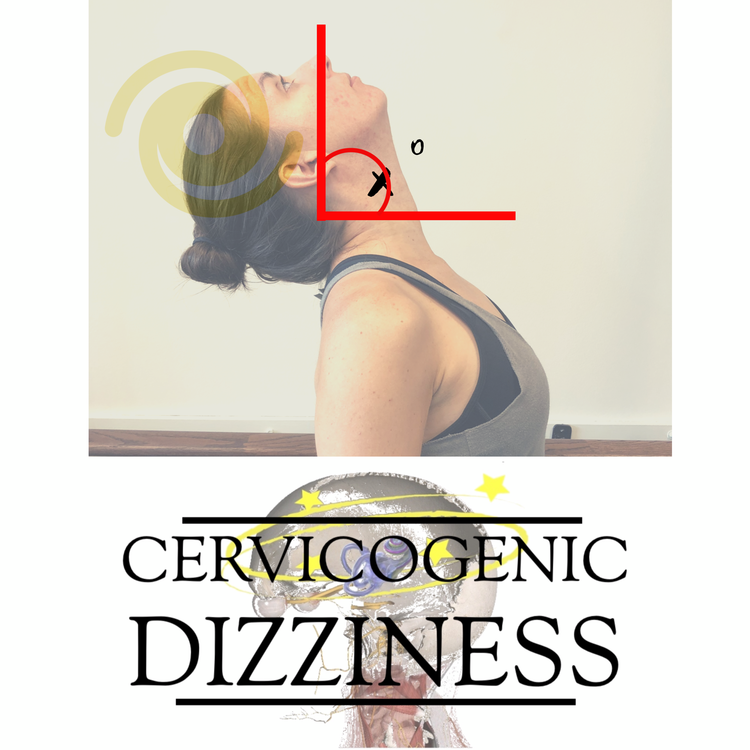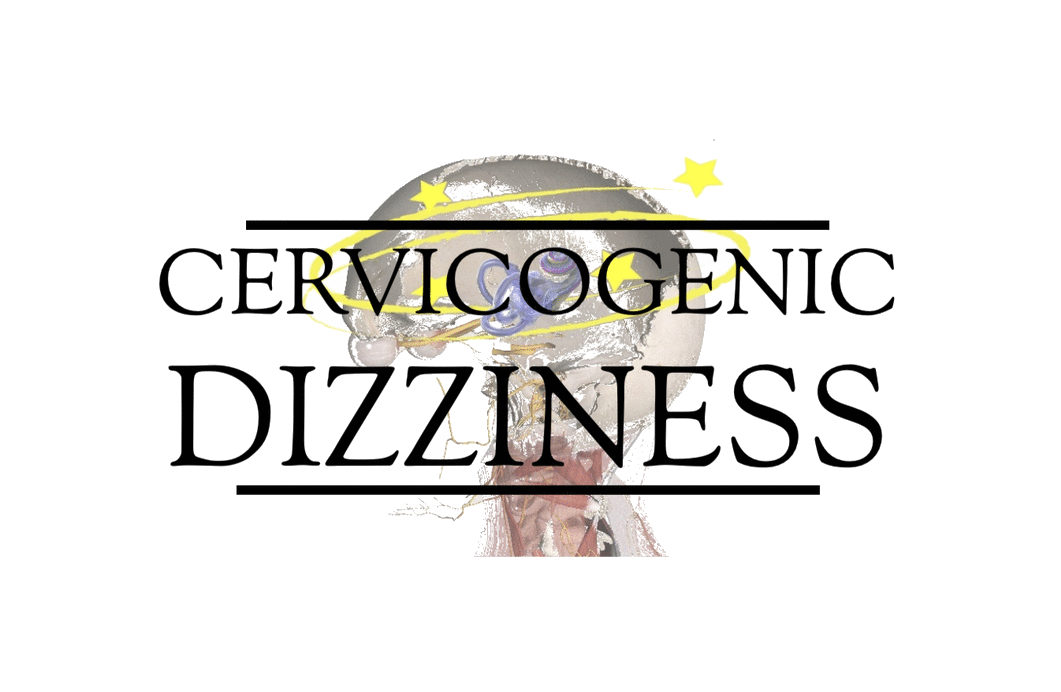
Presbypropria: I bet you don't know what this means
A common term that is thrown around in the physical therapy and rehabilitation conversations in graduate school PT labs and clinics is proprioception.

Derived almost 120 years ago by Sherrington, the term proprioception -- from Latin proprius (own) and recipere (recept) -- encompasses both the senses of limb movement (kinaesthesia) and limb position (joint position sense or stataesthesia).
Proprioception can be used in training programs to prevent injuries and in rehabilitation program to alleviate injuries and get a patient back on the court, walking down a sidewalk, etc. We know proprioception declines as we age and one, of many, reasons why there is a higher fall risk.
Just as our eyes aren't as good as we get older and our vestibular sense declines; our joints and muscle spindles have impaired afferent input. Several of these systems (i.e. peripheral) alongside altered cortical compensation and integration systems (i.e. central) results in a proprioceptive deficits.
Impaired proprioception in physiological ageing (peripheral and central) can explain the impaired proprioception observed in older adults.

For our geriatric rehabilitation, we tend to address several systems associated with fall risk, such as strength, flexibility, ROM, vestibular rehabilitation. However, one aspect of geriatric rehabilitation that I think is lacking is addressing main generators of proprioception in our bodies: upper cervical joints and muscle spindles.
We know the dysfunctional afferent information from these structures can impair balance, postural stability and mobility of the cervical spine, hence, hindering head on neck orientation, spatial awareness and kinesthesia.
I am not stating this has to be addressed just manually, which I think is inferior treatment, but to start off with manual therapies to make quicker changes in the afferent input and then progress to sensorimotor, vestibular and/or strengthening to this region to address impairments found in clinical assessment. I feel a combined proprioceptive task addressing all of the impaired systems and leads to more accurate and consistent results.
During our classes, I encourage our amazing participants to try some of the techniques and methods that we utilize to alleviate dizziness on general, geriatric population with balance disorders. I encourage you to try the same and see what type of results you get!

OH...BACK TO PRESBYPROPRIA
The word "presbypropria", as the prefix presby comes from Greek presbus (old).The word “presbypropria” could be appropriate to name the alterations of older adults’ proprioception.
We could even add cervical to the mix and promote our own approach to manage "Cervical Presbypropria".
Next time you're out with your colleagues, toss out presbyropria. Now that's fresh.
Cervicogenic Dizziness Course
You can learn more about the screening and treatment process of Cervicogenic Dizzinesss through Integrative Clinical Concepts, where the authors (husband–a manual therapist a wife—a vestibular specialist), teach a very unique course combining both the theory and practice of vestibular and manual principles in their 2-day course. Pertinent to this blog post, the 2nd day includes the “Physio Blend”, a multi-faceted physiotherapist approach to the management of Cervicogenic Dizziness, which includes treatments of the articular and non-articular system of manual therapy and the most updated sensorimotor exercise regimen.
If you would like to host a course for your staff (either a vestibular, neuro, sports or ortho clinic), please do not hesitate to contact me at harrisonvaughanpt@gmail.com for more information.
AUTHORS
Harrison N. Vaughan, PT, DPT, OCS, Dip. Osteopracic, FAAOMPT
Instructor: Cervicogenic Dizziness for Integrative Clinical Concepts
Danielle N. Vaughan, PT, DPT, Vestibular Specialist
Instructor: Cervicogenic Dizziness for Integrative Clinical Concepts



